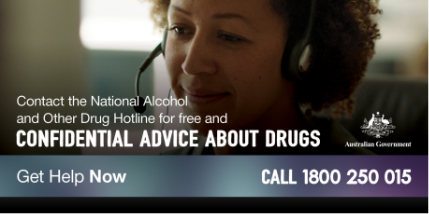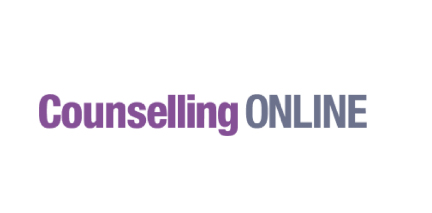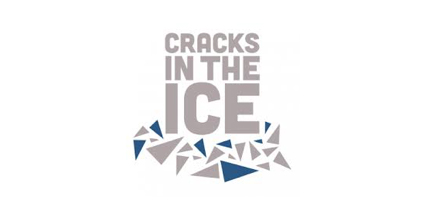Jennifer L. Smith, Courtney Weber, Francois Oosthuizen, Paul Sakrajda, Jessamine Soderstrom, Daniel Fatovich, Sam Alfred, Peter Stockham, Emma Partridge, Jennifer Schumann, Rebekka Syrjanen Katherine Isoardi, Natalie MacCormick, Amanda Thompson, Andrew Griffiths, Viet Tran, Craig Gardner & Shaun Greene
Background: Timely access to comprehensive toxicology testing of emergency department (ED) presentations is critical for identifying novel psychoactive drugs (NPS) and associated harms. The Emerging Drugs Network of Australia (EDNA) is a national toxicosurveillance system of illicit and emerging drugs presenting to sentinel EDs across Australia.
Methods: We extracted laboratory confirmed analytical data from the EDNA national clinical registry (April 2020-Oct 2023) to identify the type and frequency of traditional illicit drugs and NPS detections to date. All case biofluid samples (blood) underwent comprehensive toxicology analysis for a broad range of pharmaceutical and traditional illicit drugs and NPS by state forensic laboratories.
Results: Five states and 14 hospitals are now contributing to EDNA’s national toxicosurveillance system. Clinical and toxicological data are available on over 2,400 ED presentations. The most frequently detected traditional illicit drugs were methylamphetamine (n=1,301, 53%) and gamma-hydroxybutyrate (n=608, 25%).
A total of 298 NPS detections across 206 NPS positive cases were identified, including 39 unique types. Novel benzodiazepines comprised three-quarters of all NPS detections (n=220, 74%). Other NPS classes included designer stimulants (n=48, 16%), novel opioids (n=11, 4%), synthetic cannabinoid receptor agonists (n=11, 4%) and hallucinogens/psychedelics (n=5, 2%).
Conclusion: Early results from EDNA demonstrate a toxicosurveillance system with sufficient sensitivity to detect NPS in ED presentations across multiple jurisdictions. Data generated by EDNA and shared within jurisdictional early response networks aligns with the underpinning strategic principles of the National Drug Strategy 2017–2026, including: partnerships; coordination and collaboration; national direction, jurisdictional implementation; and evidence-informed responses.




